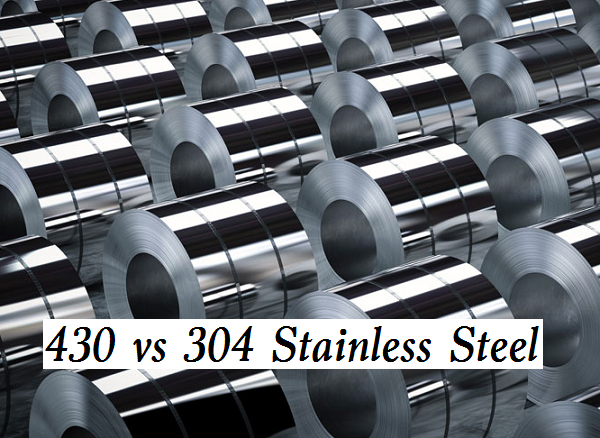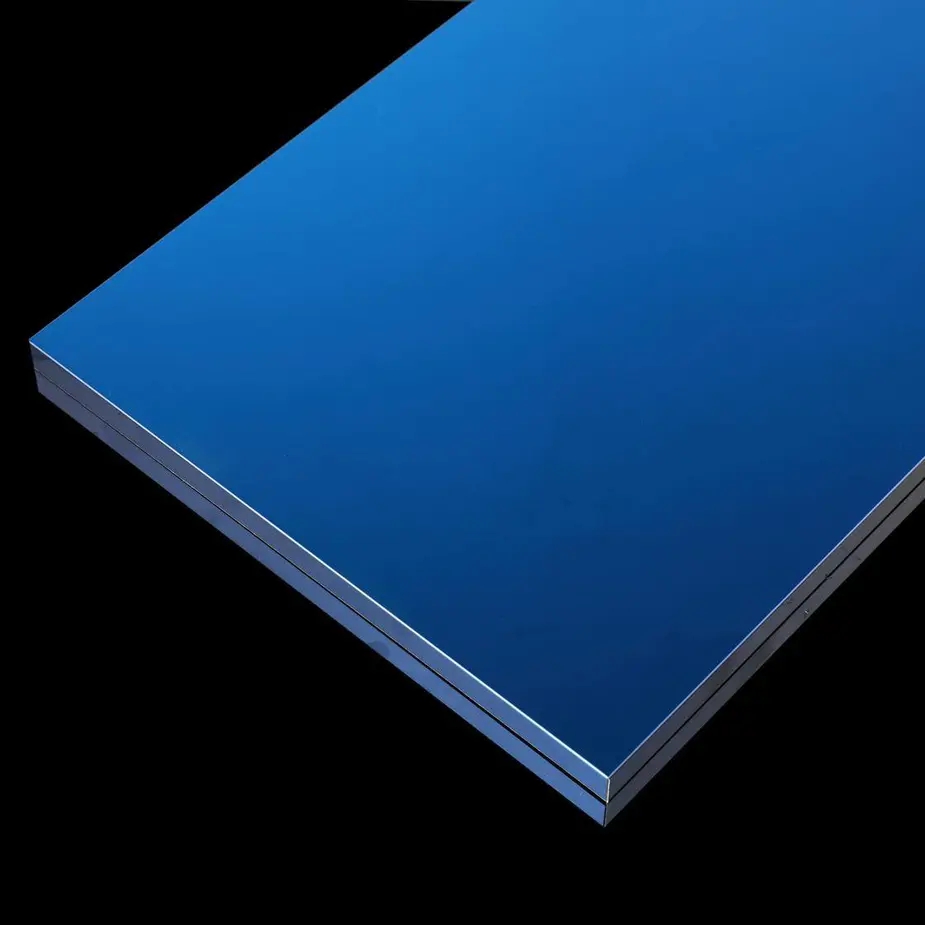When it comes to selecting the right stainless steel for your project, understanding the key differences between popular grades like 304 and 430 is essential. While both offer durability and corrosion resistance, their unique compositions and properties make them suitable for different applications. In this article, we'll dive deep into the world of 304 and 430 stainless steel, exploring their distinct characteristics and helping you make an informed decision for your next project.

Composition: The Core Difference
At the heart of what sets 304 and 430 stainless steel apart is their composition. Let's take a closer look:
-
304 Stainless Steel:
- Contains 18-20% chromium and 8-10.5% nickel
- Austenitic grade known for excellent corrosion resistance
-
430 Stainless Steel:
- Contains 16-18% chromium and no nickel
- Ferritic grade valued for its affordability
The presence of nickel in 304 stainless steel is the key differentiator, contributing to its superior corrosion resistance and versatility.
Properties: How They Perform
The distinct compositions of 304 and 430 stainless steel result in unique properties that impact their performance and suitability for various applications.
304 Stainless Steel:
- Excellent resistance against corrosion, especially when exposed to acids and chemicals
- Non-magnetic due to austenitic structure
- Good formability and weldability
- Maintains strength at high temperatures
430 Stainless Steel:
- Moderate corrosion resistance, suitable for mildly corrosive environments
- Magnetic due to ferritic structure
- Limited formability and weldability compared to 304
- Resistant to stress corrosion cracking
Understanding these properties is crucial in determining which grade is the best fit for your specific project requirements.
Applications: Where They Excel
The unique properties of 304 and 430 stainless steel make them ideal for different applications across various industries.
304 Stainless Steel:
- Food processing equipment
- Chemical containers and tanks
- Medical devices
- Kitchen appliances and cutlery
430 Stainless Steel:
- Decorative trim and panels
- Automotive exhaust systems
- Interior architectural applications
- Appliance components
When selecting between 304 and 430 stainless steel, consider the environment, corrosion resistance requirements, and desired fabrication processes to ensure optimal performance.
Cost Comparison: Balancing Value and Performance
Cost is often a significant factor when choosing between 304 and 430 stainless steel. Due to the absence of nickel in its composition, 430 is generally more affordable than 304. However, the superior corrosion resistance and formability of 304 may justify its higher price tag for demanding applications.
As an industry expert with over a decade of experience in stainless steel fabrication, I've seen countless projects where the initial cost savings of using 430 were outweighed by the long-term benefits of investing in 304. It's essential to evaluate the specific requirements and lifecycle of your project to determine which grade offers the best value for your investment.
The Xinguangyuan Advantage
At Xinguangyuan, we specialize in providing high-quality stainless steel solutions tailored to your unique needs. Our team of experts is dedicated to helping you navigate the complexities of selecting the right grade for your project, ensuring optimal performance and value.
Whether you require the superior corrosion resistance of 304 for food processing equipment or the cost-effectiveness of 430 for decorative applications, Xinguangyuan has the expertise and resources to deliver exceptional results. Our state-of-the-art facilities and commitment to quality ensure that your project receives the attention to detail it deserves.
Conclusion
Choosing between 304 and 430 stainless steel ultimately depends on your project's specific requirements, environment, and budget. By understanding the key differences in composition, properties, and applications, you can make an informed decision that balances performance and value.
At Xinguangyuan, we're here to guide you through the selection process and provide the highest quality stainless steel solutions for your needs. Contact our expert team today to discuss your project and discover how we can help you achieve success with the right stainless steel grade.

